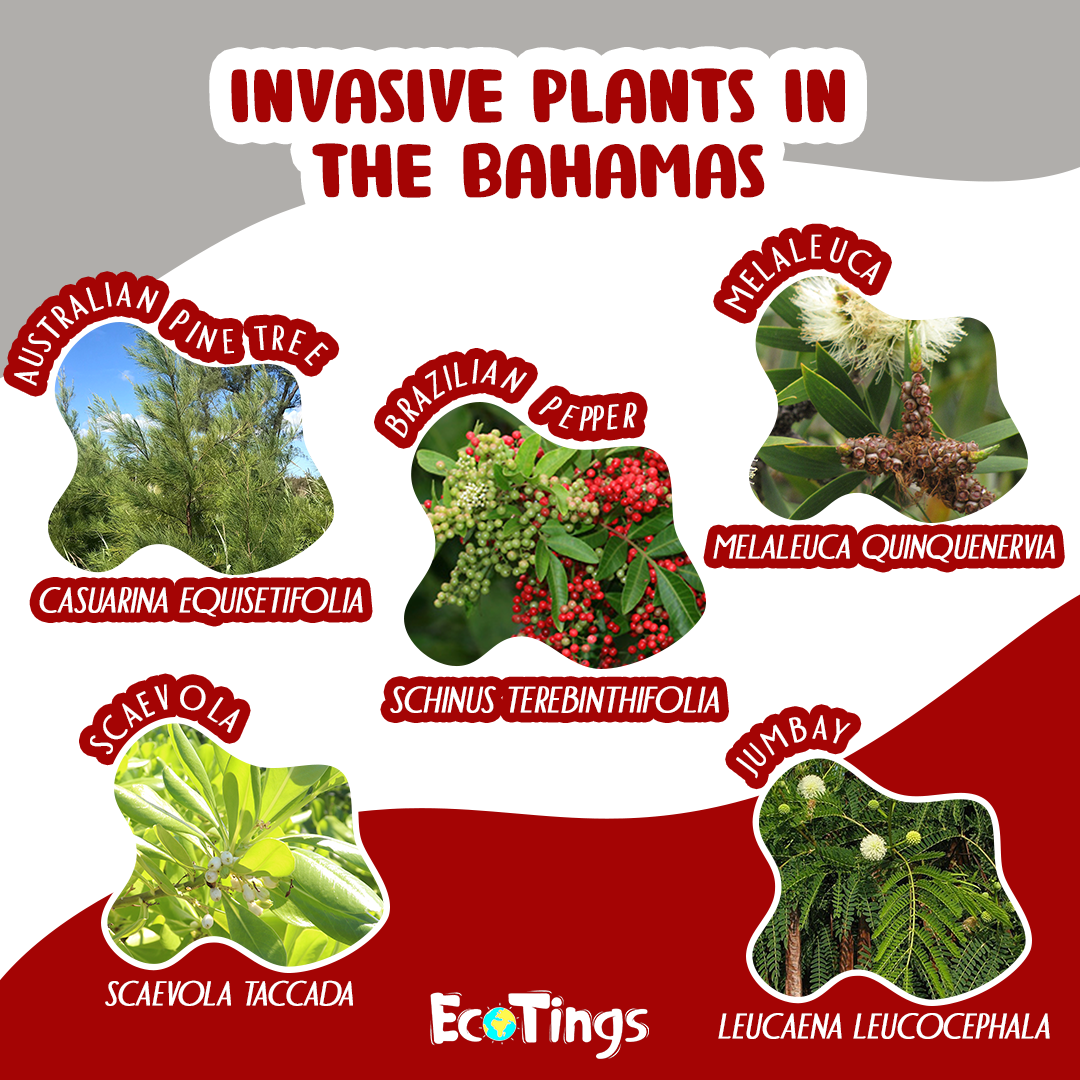
Native Bahamian Edible Plants
From salty coastlines to dense coppice forests, The Bahamas is home to a rich variety of native fruits. This post is part 1 of a series that highlights beloved wild fruits. Sea grape, Cocoplum, Wild Saffron, Guanaberry, and Pigeon Plum all play a role in our ecosystems, culture, and cuisine. Whether you’ve tasted them fresh off the tree or heard stories of their traditional uses, these fruits are worth celebrating and preserving.

Invasive Plants Found in The Bahamas
Invasive plants are plants that are not native to The Bahamas and can cause severe damage to our ecosystems. The Australian Pine/Casuarina pine, Brazilian Pepper, Melaleuca/Paper Bark, Scaevola and Jumbay are some of the main invasive plant species found in The Bahamas.

The Mangrove Creek
Mangroves are one of the most valuable ecosystems around the world and especially in The Bahamas and other coastal regions. Mangroves are single handedly responsible for the succession of ocean to land. They are the only tree that can grow in saline conditions due to their different adaptations.

The Blackland Coppice Forest
The Blackland Coppice forests is a terrestrial [land based] ecosystem that can be found on all populated islands in The Bahamas. This ecosystem has the most diverse flora and fauna [Plants and animals] of all the is terrestrial ecosystems in the country.
